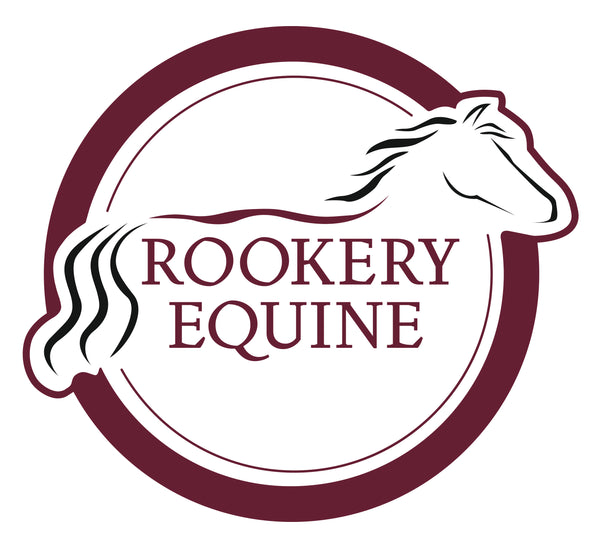
Red Light Therapy vs. Laser Therapy: What’s the Difference?
Compartir
In recent years, light-based therapies have gained major traction in the equestrian world of wellness and sports recovery. Among the most talked-about are red light therapy and laser therapy. Two non-invasive treatments that both involve exposure to specific wavelengths of light, yet function in very different ways.
If you’re wondering what sets them apart and which might be right for your horses needs, this guide breaks down the key differences, benefits, and applications of each.
What Is Red Light Therapy?
Red light therapy (RLT) - sometimes called low-level light therapy (LLLT) or photobiomodulation (PBM) uses low-intensity red and near-infrared light to stimulate cellular function. The wavelengths commonly used range from 620 to 750 nanometers (nm) for red light and 750 to 1100 nm for near-infrared.
Unlike UV light, red light doesn’t damage the skin. Instead, it penetrates the skin and tissues to a moderate depth, where it can:
-
Boost cellular energy (by enhancing mitochondrial function)
-
Increase blood flow
-
Promote tissue repair
-
Reduce inflammation
-
Support collagen production
Red light therapy devices for equine use often come in the form of leg wraps, hoof boots, poll and neck wraps, back pad. Sessions are typically painless and can be done at home or in a clinic.
What Is Laser Therapy?
Laser therapy, particularly low-level laser therapy (also abbreviated LLLT), involves the use of focused laser light, typically in the red or near-infrared spectrum as well. However, the key difference is the coherence and intensity of the light.
Laser light is monochromatic, coherent, and collimated, meaning it’s highly focused and travels in one direction. This allows for greater precision and deeper penetration, especially in clinical or medical settings.
Laser therapy is often used for:
-
Pain management
-
Wound healing
-
Tendon or ligament injuries
-
Post-surgical recovery
-
Acupuncture alternatives (laser acupuncture)
If you're considering laser therapy at home, you'll typically want Class 1, 2, or a non-heating Class 3B.
Class 3B laser that is non-heating, means it won’t thermally damage tissue but can still deliver therapeutic benefits like pain relief, inflammation reduction, and tissue healing.
Because of its precision and power, laser therapy that are heating or Class 4 must be administered by trained professionals. The intensity means there's more potential for tissue damage if used incorrectly, but also more targeted therapeutic effects when applied correctly.
Which One Should You Choose?
The right therapy depends on your goals.
-
For general wellness and inflammation reduction, red light therapy is effective, safe, and widely accessible.
-
For specific targeted issues, like deep tissue injuries, chronic joint pain, or targeted post-op recovery, laser therapy offers a more potent and focused approach—usually under clinical supervision.
Final Thoughts
Both red light therapy and laser therapy harness the power of light to promote healing and recovery, but they operate at different levels of intensity and precision. Think of red light therapy as a broad, gentle push toward health, while laser therapy delivers a precise and powerful boost where it’s needed most.
As always, it is advisable you consult with your veterinary practitioner before using any electrotherapy treatments on your horse.
